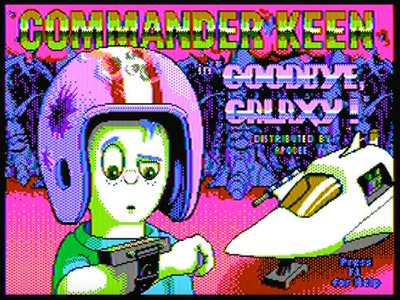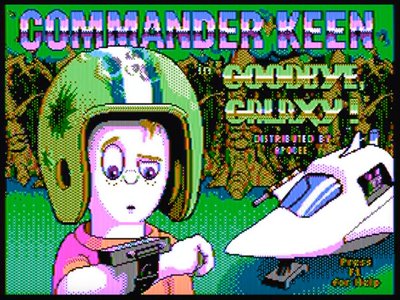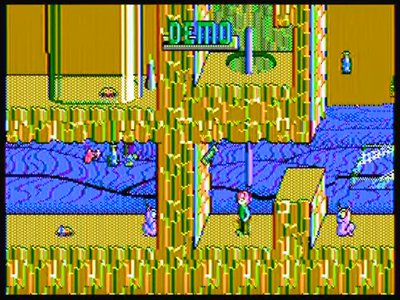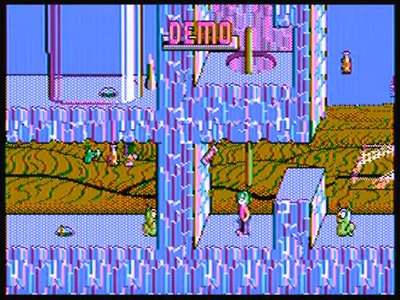Reply 80 of 127, by spiroyster
- Rank
- Oldbie
wrote:Heh, let me clarify... My original post in this thread was because: […]
Heh, let me clarify...
My original post in this thread was because:Grzyb wrote:
Back in the Wolfenstein/Doom era, it was commonly believed that one of the major reasons why Amiga can't into 3D is the fact it only has bitplanes, and not chunky....and, after a quarter of century, I finally want to know to what extent that belief was true.
It's not true. google a video about one of the many 'actual' 3D games mentioned in this thread previously that run on Amiga and see for yourself.
wrote:Yes, there are 3D games other than Wolfenstein 3D and Doom...
They are NOT 3D. Just 2D faking perspective in some respects... but failing in others (demonstrated by looking up or down in the case of Doom... or failing to be able to look up or down at all in the case of Wolf3D)... in the case of Doom this is why it is called 2.5D (not 3D)... and Wolf3D is 3D by name only.
wrote:...but in that era these were the most common 3D games...
Not 3D... check out terminal velocity or descent for actual 3D using proper perspective projection. And in both these cases, its only the environment and enemies that are '3D'... the powerups are billboards/sprites (Enemies in both Doom and Wolf3D are billboards/sprites too).
wrote:...so such claims were precisely about them, and now I'm naturally focusing on them.
And I can't accept comparing them against games that lack some of their features, including, but not limited to, 256-color graphics.
Amiga had HAM. Thats 4096 colours, so even if your focus was remotely coherent, it would be nothing to do with the colour depth.
wrote:Also, see another of my questions:
Grzyb wrote:
How does the video memory layout affect performance in 3D games?
Drop the whole idea of this being related to '3D'. It doesn't.
wrote:When comparing bitplanes vs. byteplanes vs. chunky, it must be noted that both byteplanes and chunky on VGA (and probably any common graphics hardware of that era) are 256-color, so - when comparing them with bitplanes - I demand bitplanes in 256-color mode as well.
I'm willing to accept that the lack of Wolfenstein and Doom on Amiga in the era (and poor performance of later ports) was all about slow CPU and lack of knowledge how to optimize such stuff for bitplanes, and nothing about inherent deficiences of bitplanes, but I need a proof.
Like, any Doom-like game, running on any CPU, on two different video adapters: planar and chunky, at the same speed.
Nothing to to do with it. Best you can do is compare same code on the same CPU with different VGA cards. No VGA can 'hardware accelerate' 3D operations. There are loads of threads benchmarking this on vogons.
I used to have Doom on a Casio calculator.
wrote:Of course, I accept two versions of the game, each optimized for different video memory layout, but they must produce identical output.
tbh I don't think you understand or know what you are asking?
wrote:Heh, I guess I need to wait for a few decades more 😜
You will be waiting a long time as your question makes no sense. It's like asking why doesn't my floppy drive read my CD. Your time would be better spent learning about what 3D cartesian space is, how it is represented, and how computers utilise this and end up displaying an image. Or drop the whole idea of this being related to '3D'.



